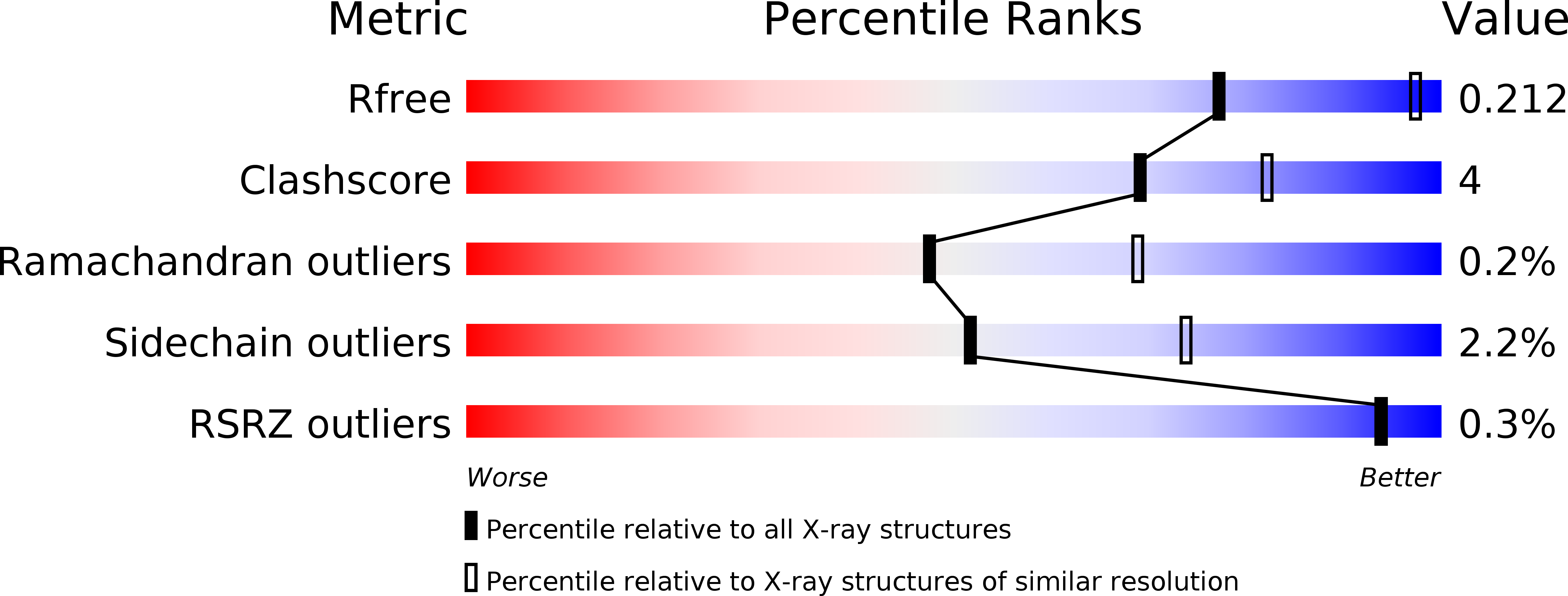
Deposition Date
2015-03-05
Release Date
2015-08-05
Last Version Date
2023-09-27
Entry Detail
PDB ID:
4YLH
Keywords:
Title:
Crystal structure of DpgC with bound substrate analog and Xe on oxygen diffusion pathway
Biological Source:
Source Organism:
Streptomyces toyocaensis (Taxon ID: 55952)
Host Organism:
Method Details:
Experimental Method:
Resolution:
2.58 Å
R-Value Free:
0.20
R-Value Work:
0.17
R-Value Observed:
0.17
Space Group:
P 1 21 1


